Summertime, and the Camping is Easy
Some kids spend their summers at camp, each and every year. That was not my experience, although I did camp...
(Gilbert Lake State Park via Gilbert Lake Facebook page)
I grew up in the country, so one might assume that I went camping quite often over the years. I did not. We had the wide-open spaces to roam in, and the ability in the summer to run all over our property all day long, but at night, give me my bed in my room, in my house. Camping was not a Spellen tradition.
There were several reasons for that, but basically, it just wasn’t something that we as a family thought of doing. We weren’t going to invest a lot of money buying tents, sleeping bags, Coleman lanterns and all the other stuff necessary for modern camping at that time. I also can’t imagine my mother camping. She was much too elegant to be out in the woods living rough. It just wasn’t her. My Dad, sure, he was always open to new experiences, but not my Mom. She was not the camping kind.
But we WERE in the country, and as kids, we got caught up in camping, anyway.
My brother was a Boy Scout. He even made Eagle Scout, the highest level in scouting. I was a Girl Scout. Before that, I was a Brownie, which is the youngest group in Girl Scouts. Brownies wore brown uniforms (duh!) and Girl Scouts wore green. I hated being a Brownie, mostly because many of the girls made fun of me throughout the entire experience. “Look, the brownie is a Brownie!” That kind of stuff. I have a great memory, but I cannot remember a single activity we did as Brownies except marching in the Memorial Day and 4th of July parades down the streets of Gilbertsville.
After you age out of Brownies, you advance to Girl Scout. Girl Scouts have been around for a long time. The first Girl Guides troop was founded in Savannah, GA by Juliette Gordon Low in 1912. She had been living in England where she met Robert Baden-Powell, the founder of Scouting. He had established the Boy Scouts in England in 1909. As soon as they found out about it, a group of girls met with Baden-Powell and requested that he establish a similar organization for girls. His sister Agnes Baden-Powell took over the task and became the first national leader of Britain’s Girl Guides.
Juliette Low thought the idea would work well in America, and 18 well-to-do young ladies in her hometown of Savannah immediately joined up. As with the Boy Scouts, the organization soon spread across the country, and in the process, the name was officially changed to the Girl Scouts of America. Its headquarters moved to Washington DC, and today is in New York City.
As an organization for girls and young women, the Girl Scouts were always quite progressive and empowering. Juliette Low had her girls in knee-length blue uniforms, playing basketball, hiking, camping and learning new skills. In 1916, she designed and implemented an aviation badge, at a time when it was shocking for a woman to pilot a plane, and several years before women were even able to vote.
Both Boy and Girl Scouts were organized around similar themes and goals, “Be Prepared” was the motto for both organizations. To those who are not deeply into Scouting lore, the most outward appearance in Scouting is the uniforms and badges. By the time I was a Girl Scout, the uniform was a knee-length green cotton dress, over which one draped a green sash that was used to display one’s troop number and all the merit badges and pins a Scout earned.
There were a lot of badges for a lot of varied activities. You could earn a camping badge, a swimming badge, a badge for first aid training, or a badge for selling a lot of Girl Scout cookies. I think my mother earned that one for me, because I was the worst salesperson ever. Still am. I would freeze in fear just standing at someone’s door.
When you fulfilled the requirements for the badge, a round cloth applique badge was awarded, which was sewn onto the sash. I think sewing was a skill that could earn you a badge too, come to think of it. A really dedicated Girl Scout could have her entire sash, back and front, covered in badges, there were tons of them. I never got that far along.
Anyway, one of the most time-honored programs of Scouting is camping. Scouts just love to camp, both boys and girls. They have since the beginning. I remember going on to Girl Scout camp one summer for a long weekend. I was probably around 13. I don’t really know where the camp was located, but it wasn’t a long ride from my town to get there. I checked around the area for Girl Scout camps today, and this one is no longer in existence.
It wasn’t as rough going as it could have been. We stayed in large tents that held six or eight cots each. The tents were attached to platforms with stairs that kept them well off the ground, keeping us away from crawly and slithery things. And rain. I remember it rained, at least for a day. There was a lake nearby for swimming, grounds to hike on, and a recreational program. We ate our meals at a central lodge, and at night we sat around the campfire and did Girl Scout things like making S’mores. That was the first time I ever had them – graham crackers with fire toasted melted marshmallows and Hershey’s chocolate bars smashed between them. I know it’s heretical, but I never liked S’mores. I much preferred my Hershey bar unsullied by molten burnt marshmallows, and you can keep the graham crackers, too.
(Gilbert Lake State Park via thisiscooperstown.com)
One summer, right before we went to college, my friend Karen and I decided to go camping overnight at nearby Gilbert Lake State Park. We planned to go swimming on both days and just have a good time. Gilbert Lake was a popular state park about 20 miles away near a small town called Laurens. My family went there often in the summer, as did most of the families in the area.
Gilbert Lake was one of central NY’s earliest state parks, begun in 1926. It was created from former lumbering land. Much of the park was built by one of the state’s Civilian Conservation Camps, a public works program established during the Great Depression. It has a large lake with a sand beach and a big swimming area, patrolled by life guards. They have picnic tables and permanently affixed charcoal grills, a concession stand and gift shop, along with public bathrooms and a huge parking lot, which was often full in the middle of summer, so you had to get there early.
It was possible to walk all around the entire lake, a nice long walk. Off to the side, further away from the lake was the camping area, which had cabins, running water, bathroom and shower facilities. They also had an area where one could pitch one’s own tent. It was real camping, but not TOO much.
(1960s aerial photo, via Ebay)
Karen was much more experienced with tent camping than I was. We found a nice flat spot with no rocks and put up our tent. Her family car was parked right next to it. We made a fire, cooked our food and had a nice time talking about life, our plans, and what was next for us – the great unknown. When it was dark, we put out the fire, went into our tent and our sleeping bags and went to sleep. The ground was hard, but it was fun.
We both woke up in the middle of the night because of a loud clap of thunder. We were in the middle of a monsoon, at least it felt that way, listening to the water hitting the tent. The tent kept the rain off from on top, but we had put it up on a low-lying piece of ground and water was pouring into the tent. Our sleeping bags were wet, we were wet and it was miserable. Fortunately, the car was right there. We left everything, ran for it and ended up sleeping in the car. The next day the sun was shining. We dried out our stuff, went swimming, had lunch and went home. I don’t think we would have gotten too many merit badges from that little adventure.
My only other camp experience was later that summer. Karen, her brother and mine, and a group of other Gilbertsville teens, and I were all a part of a church group that met at the Presbyterian church, the largest church in town. Mark and I and a guy named Cliff were the only people who were not students at Gilbertsville Central School. But we had all gotten together as a Christian folk singing group called Kuriake, which is a Greek word meaning “belonging to the Lord.”
(Kuriake singing in Gilbertsville. Yes, it was the early 1970s. My brother Mark is in the second row, I’m on my 12-string guitar.)
We had several people, including me, playing guitar, a drummer - my brother Mark, a bass guitarist, and about 8 other singers, both boys and girls. We were inspired by a Canadian Christian group called Hakamu, from Aurora, Ontario, a suburb of Toronto.
It’s a long story how Hakamu ended up playing concerts in Gilbertsville, but we were so inspired by them, we founded our own group. We were a few years younger and were nowhere as good as they were, but we practiced a lot, had some talented people and we got better. We used to tour churches and youth organizations in our area, and play at coffee houses, a popular activity at that time.
Many of the Hakamu people were associated with an Anglican church summer camp near Parry Sound, Ontario called Camp Koinonia. It had been in existence since after World War II, and many of them came from families that had been going there for several generations. I don’t remember if it was one or two weeks of fun, sun and Christian growth in the wilds of northern Ontario.
The Canadian-American connection was because of the wife of the pastor of Gilbertsville’s Episcopal Church, Mrs. Mosher, affectionately called “Mum Mosher.” Rev. Mosher had recently passed away, and Mum threw herself into being our advisor, spiritual guidance, den mother and chauffeur. It was through her and her friends in Ontario that we were able to apply to the camp and were accepted.
Not all of us could go, but those of us who did were driven up by Karen’s parents, Mum Mosher, and other parents. We really didn’t know anything about the camp, where it was, or what our experience would be. We didn’t care, we had the chance be hanging out with some of our new friends in Canada, a place some of us had turned into Shangri-La, a magical country with cool people with cool accents who were not American and seemed to have much more exciting lives than we did.
I remember going up to Parry Sound riding with Mrs. Mosher. This was the early 1970s, so she had a large land yacht of a car that could fit 5 or 6 comfortably. Most of us could drive, but Mum was not going to give us the wheel. She was well known in her circles, both in Gilbertsville and Canada as having a lead foot. She was a really fast driver, and she drove that car like a tank into battle.
Gilbertsville is just south of the center of the state, and to drive from there to Toronto took somewhere around six hours. Most people would drive across the state to Buffalo, cross the border at Niagara Falls, and Toronto was not that far away from there. That’s not what we did. Mrs. Mosher liked to drive straight up north to Watertown, go up to the St. Lawrence Seaway, and cross the border there. From there, she’d get on the MacDonald Cartier Freeway, the 401, Ontario’s main highway that runs east to west from Montreal down to Toronto and beyond.
We got on the 401 as it runs along the contours of the length of Lake Ontario. The best thing about the 401 was that the speed limit was 100km/hr, or about 62 mph. The speed limit in the States was only 55. The 401 is one of the busiest highways in the world, and much of it is straight sailing down multiple lanes of highway, all the way to Toronto. It’s also really well kept, unlike many American highways. When Mum got on that road, she was flying low and smooth, her car eating up the miles. I was always surprised she never once got stopped for speeding.
(Camp Koinonia, via their website)
Anyway, once we were in the Toronto area we headed north through Barrie and on up to Parry Sound. It’s a long ride, adding another couple of hours. The camp isn’t actually in Parry Sound, but that was the nearest town. It’s located on Georgian Bay, part of Lake Huron, in northern Ontario. It’s lake country up there, carved out by millions of years of glacial flow, it’s relatively remote and some of the most gorgeous country anywhere. A lot of Canadians have summer homes up there. It’s a great place for a summer camp.
I checked their website while writing this story, and the camp has been significantly upgraded since I was there. It sits on the edge of a beautiful lake with pine trees and wilderness. The campsite had a series of cabins scattered across the grounds with a large lodge meeting hall/activities room/ dining room on a high point. It also had outhouses. Big old stinky outhouses. No lilacs, either. No glamping at Camp Koinonia. They have since installed plumbing.
(Lodge at Camp Koinonia, from their website)
Everyone was, of course, very nice, and we settled in. Everyone else at camp was Canadian. We were perhaps ten Americans. There was a lot of friendly ribbing on both sides, but they never let us forget we were from the States. I remember silly demonstrations where the Canadian kids would chant the alphabet song, and when they got to the last letters, would scream, “W, X, Y and ZED!” They would rib us on our spelling of words like “neighbor” and “color,” and we would retaliate by mocking their accents, with “aboot” for “about” and putting “eh” after just about every phrase. Of course, by the end of camp, we were saying “aboot” and “eh,” too. When in Rome… I think they won.
My summer at Camp Koinonia was my introduction to “The Chronicles of Narnia.” Every night after dinner, we would have a camp gathering, and one of the leaders would read chapters from “The Lion, the Witch, and the Wardrobe.” Being raised Catholic in the boonies, I was never exposed to C.S. Lewis’ masterpiece, as he was the consummate British Anglican. I looked forward to each night to hear more of the story, which was timed so that the book was completed by the time we left.
Of course, Lewis wrote the book as religious allegory, or as someone once told me, “it’s a book about Lion Jesus.” The parallels were obvious. But Lewis was a great storyteller, he didn’t beat people over the head with religion, he told a wonderful tale about a secret world behind a wardrobe, where animals could talk, a faun befriended a little girl, and children could become warriors and heroes. And Lion Jesus, too. When I got home, I bought the entire series, and have them still, along with many of Lewis’ other works.
One of the last group activities we did was a costume party. We had to use things that we had brought with us or could find around us and create costumes. We then had a farewell party and a contest. Each cabin entered as a team. My cabin chose Peanuts characters. My friend Bette was Pig Pen, we had Lucy and Charlies Brown and Snoopy. That was me. We made a costume from socks and tee shirts. I don’t know why I was chosen to be Snoopy, but I was. I have the picture to prove it. I like to think it was because I was tall.
By the way, we won.
(What can I say?)
When camp was over we headed home. Karen and her brother Tom were both at camp that year. Their parents had refurbished an old school bus which the family often took off in for vacation trips. They brought it up to Koinonia along with the younger siblings and took their kids and a couple others home. A couple of us went back home with a couple that often came to our events. They had a truck camper, the kind that sits in the bed of a pickup truck and extends over the truck roof. There were three of us in the camper part, sitting around the table talking, eating popcorn.
All of a sudden, the van lurched hard right and left, and then ran off the road, tipping dangerously. It scared the hell out of us. We exited the camper to find ourselves sitting in the wide grassy median. Our driver said that someone had pulled out in front of him, cutting him off, so that he ended up running off the road. We were still in Canada, so the RCMPs came, everything got straightened out and the police held up traffic so that we could get back on the highway. That was scary. Not the greatest end to our camping trip, but we made it home, safe and sound.
So, no Camp Runamuck, no crazy day trips, no snakebites or near-drowning experiences. My first and only summer at an Anglican camp in Canada, the discovery of C.S. Lewis, whose writings I still treasure, making new friends and being spiritually uplifted. I saw a Hakamu friend meet his future wife at Camp Koinonia that summer, it was the birth of my inner Snoopy, followed by a near-death experience on the highway. What more could one ask for in one summer? Bathrooms!



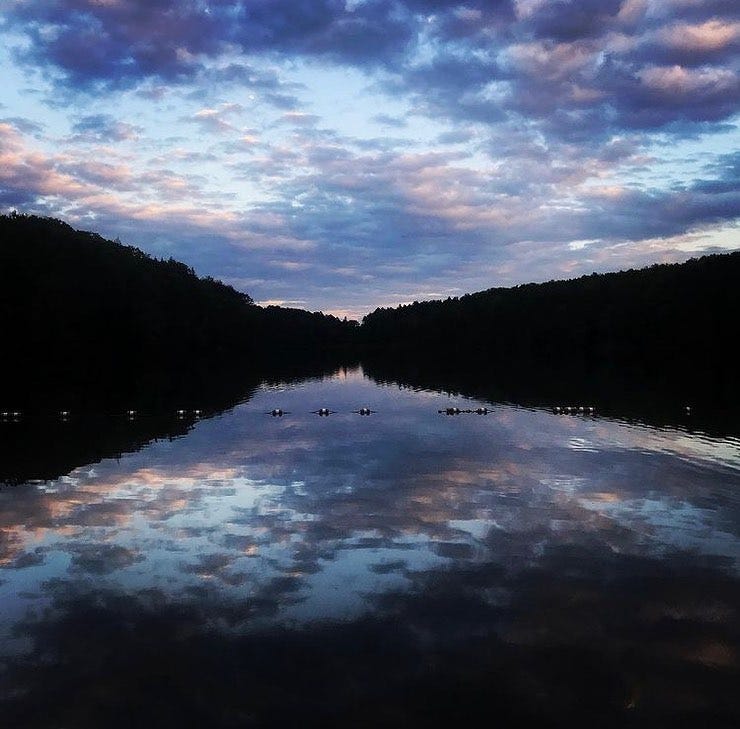

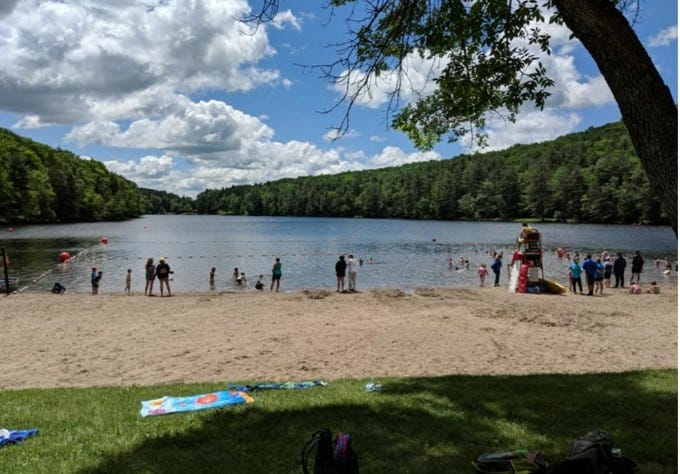
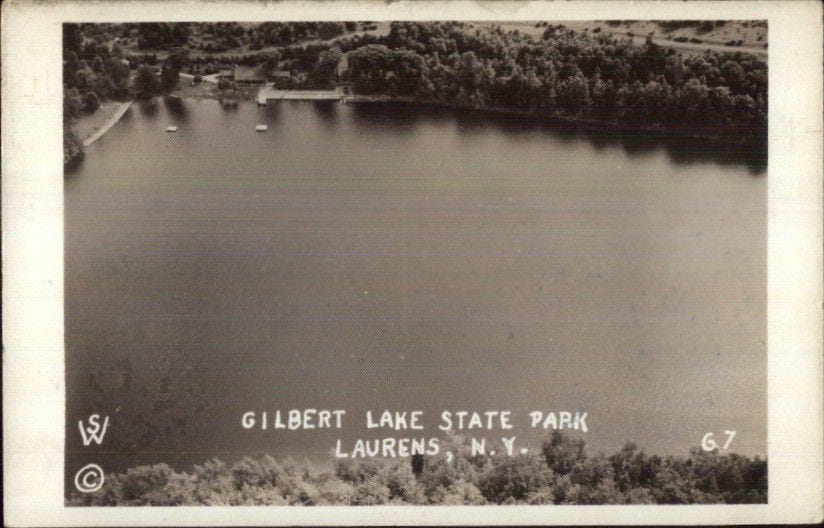
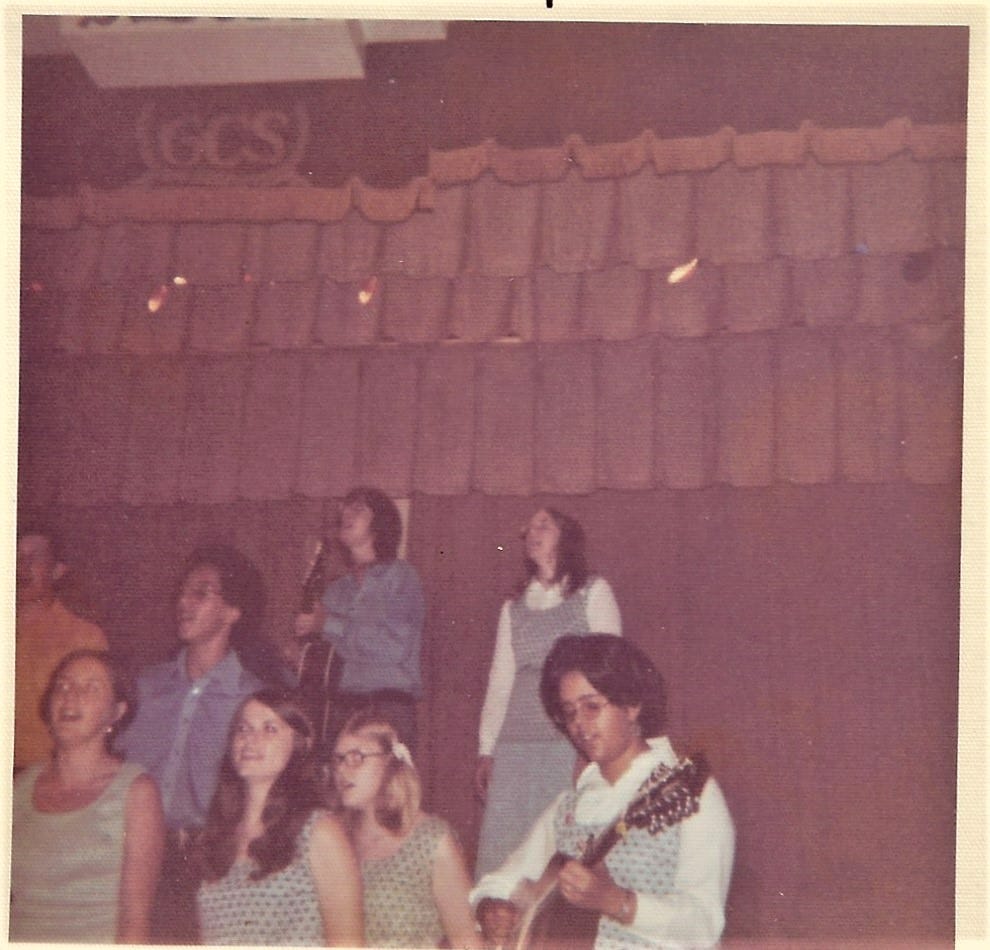
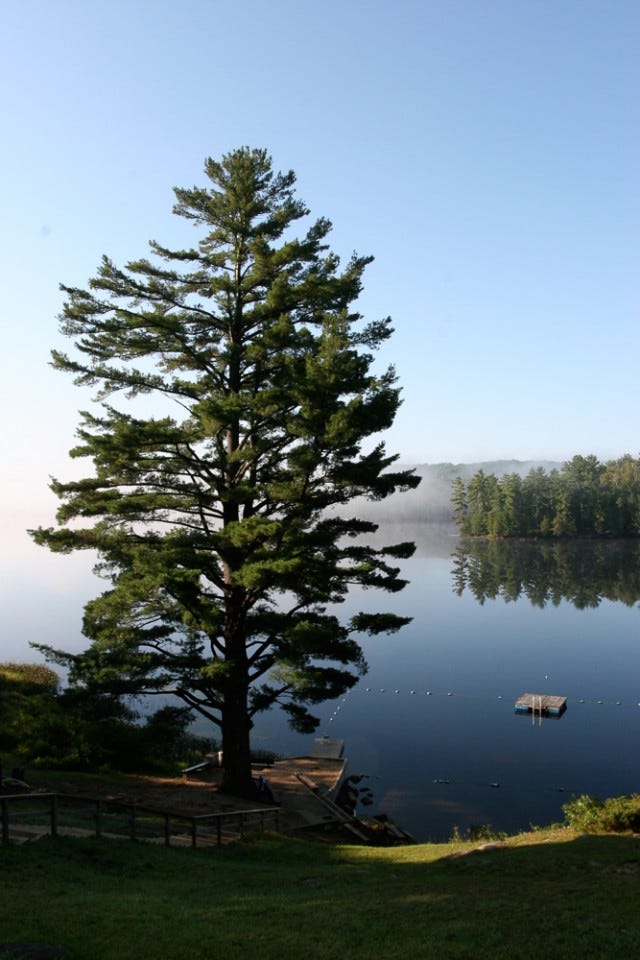

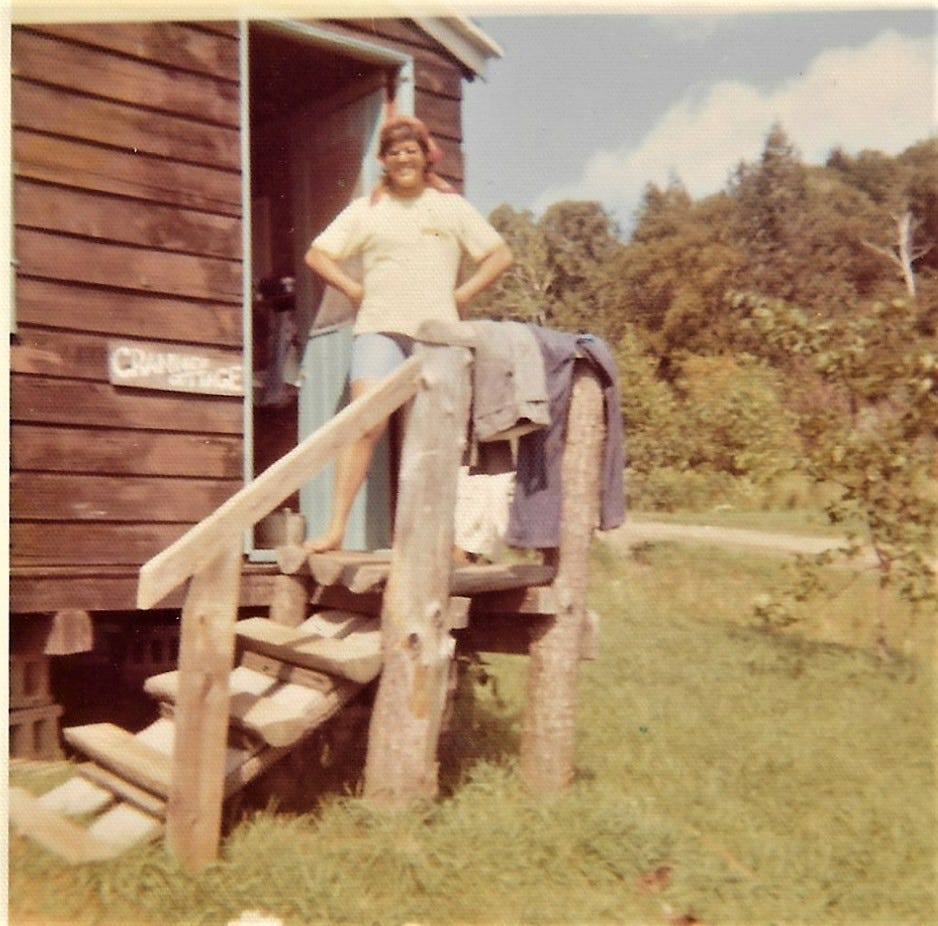
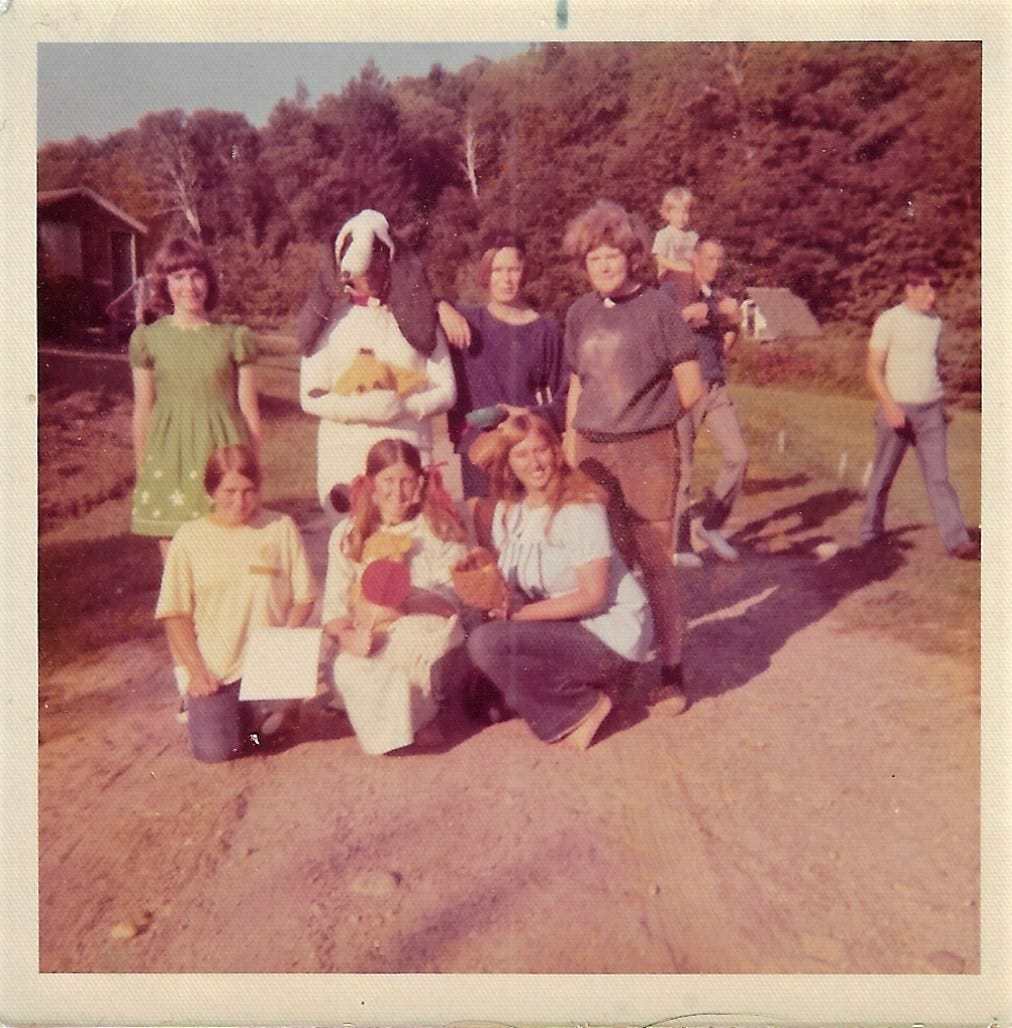
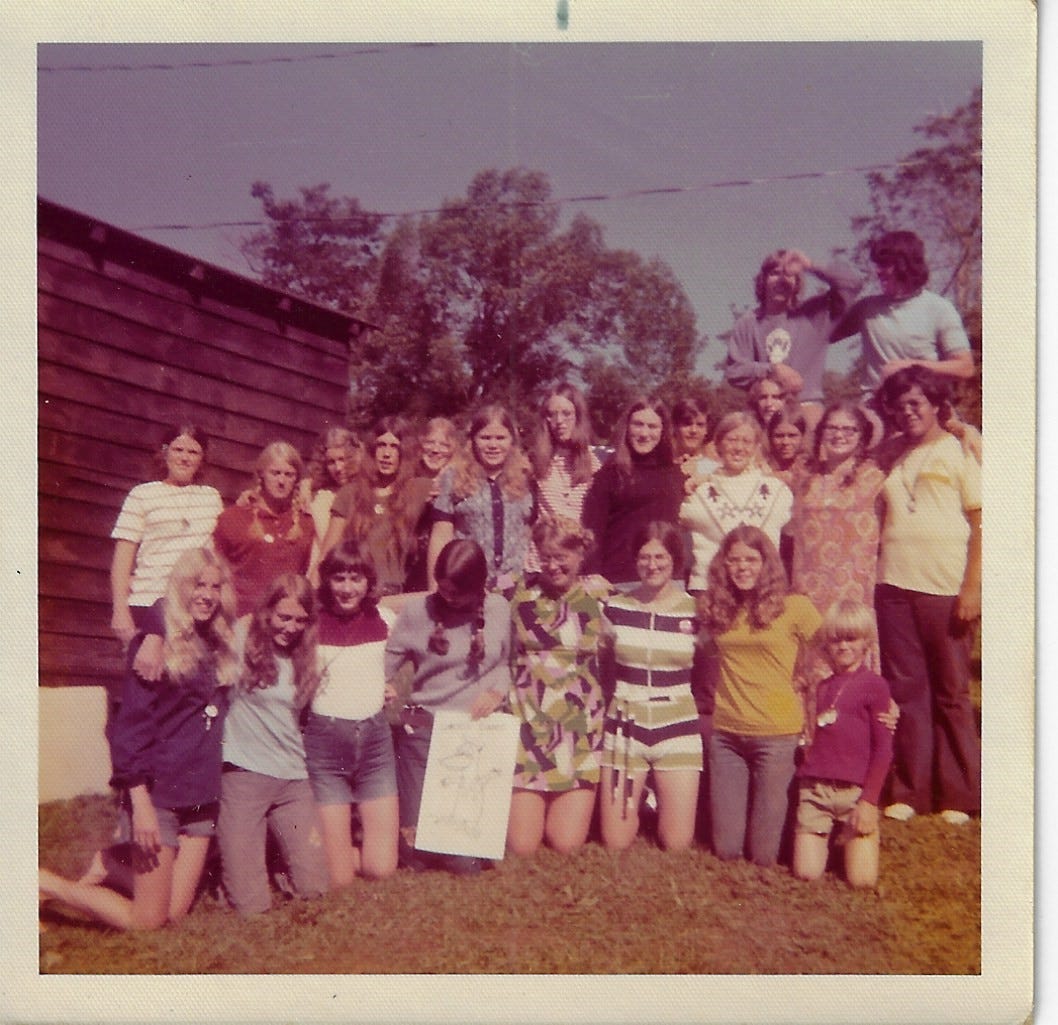
Great Story! Always brings back so many great memories! I didn’t attend that camp but somewhere in the back of my mind I do remember going to “Bible Camp”. I was quite homesick but did enjoy the arts and crafts. I am definitely not an adventurous, camping person myself but I have great admiration for those who are. My youngest daughter traveled the country in her own RV for Ringling Brothers as their Vet on sight. A most courageous young woman for sure!
Thank you Suzanne for your wonderful stories…
❤️❤️